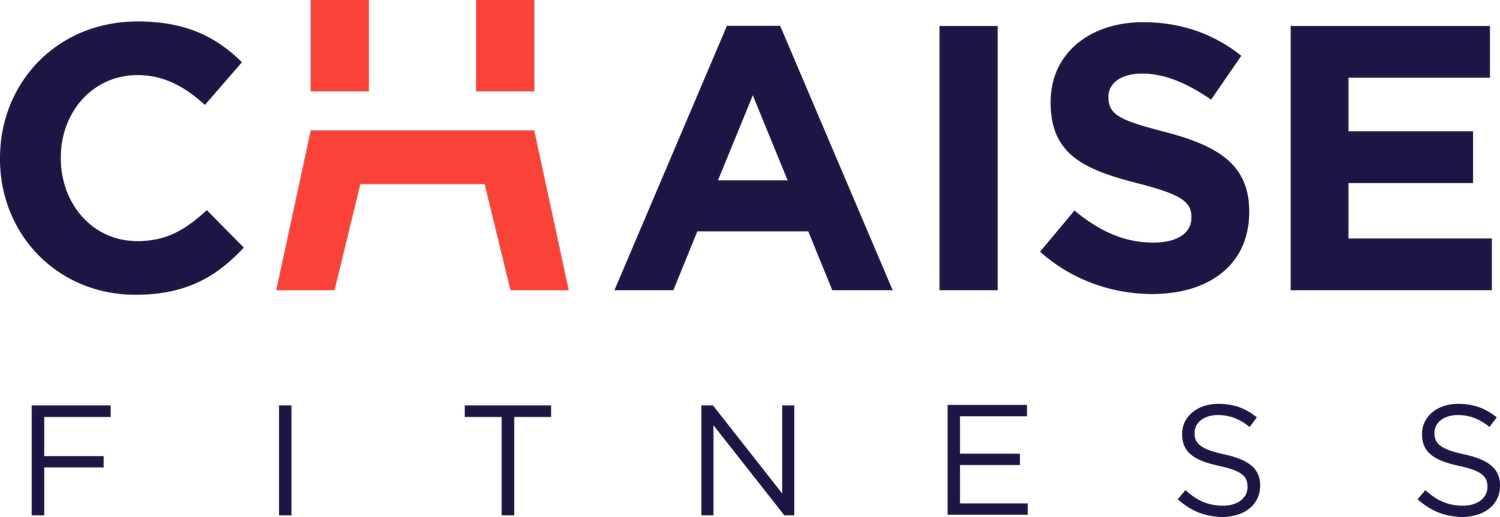What is the “Powerhouse” in Pilates?
A strong core, or powerhouse, is the foundation for the health of the entire body. It affects your stability, balance, and posture. The powerhouse facilitates everyday activities like bending down, twisting to grab something, and lifting heavy objects. Even playing sports requires core strength from the powerhouse. Adequate core strength is the difference between doing an activity naturally and without much thought or feeling discomfort, stiffness, and restriction.
Powerhouse & Pilates
This article discusses what the powerhouse is and outlines Pilates exercises that strengthen it. Pilates is a system of exercises designed to enhance the body’s potential by correcting muscular imbalances, finding optimal alignment, and creating efficient movement. Pilates exercises employ all of your body’s muscles in conjunction with your breath. Additionally, it’s known for targeting smaller and deeper stabilization muscles. This is often explained as working from the inside out.
Pilates offers numerous benefits. Pilates supports your body’s structure through the balance of strength, mobility, and flexibility, with every exercise engaging your core. It can involve either mat work, low impact bodyweight exercises, or it can be done on specialized equipment. Maintaining a strong core through Pilates helps relieve low back pain, improves balance, and decreases the risk of disease. Moreover, Pilates has been shown to improve your quality of life, including exerting positive effects on depression and anxiety
Powerhouse:
Contrary to popular belief, your core or powerhouse comprises more than just your abdominal muscles. It’s the center of your body, extending from the base of the rib cage to the base of your buttocks. It includes muscles of the lower back, abdominals, hips, gluteal, inner thighs, and pelvic floor. Think of it as your body’s corset, but with supportive not restrictive quality. This area houses your organs, ideally supporting them in their natural position and enhancing their functionality.
Breath:
To work most effectively, the powerhouse works with your breath. Aim for suppleness which is a balance of activation and relaxation versus gripping or bracing. Breathing includes respiratory muscles, the diaphragm and intercostals along the ribs, and abdominals to stabilize the pelvis. Lie on your back with your knees bent and feet flat on the floor and place your hands on your rib cage. Inhale through your nose, breathing into your hands and the back of your rib cage. Exhale and feel your hands sliding toward one another and your rib cage sink toward the floor.
This exercise is appropriate for all levels, but to add difficulty, try performing it with your legs in a tabletop position. Imagine an umbrella at your ribcage. As you take air in, your rib cage expands in all directions. Aim to keep your neck, shoulders, and chest relaxed, and feel the back of your rib cage connected to the floor.
Tabletop position:
When your legs are in tabletop, your hips and knees are bent at 90 degrees, with your feet off of the floor. Most importantly, your abdominals are engaged to support the weight of your legs. Aim to keep your hip flexors and lower back muscles calm and draw your belly button to your spine. If you find it difficult to hold your legs in tabletop with a neutral pelvis, a slight posterior tilt of the pelvis may help prevent gripping of the hip flexors and lower back muscles. The posterior tilt of the pelvis is where the lower back moves closer to the floor.
More to come…
Contact us
New Client Specials:
Three Private Sessions for $250 a good place to start!
Visit us on the Upper East Side, NYC.
Chaise Fitness Studio 1204 Lexington Avenue New York, New York 10028
Phone 212-744-6100
To book a private or duet session, please contact the studio directly with your desired dates, times, and types of sessions. https://www.chaisefitness.com/contact
